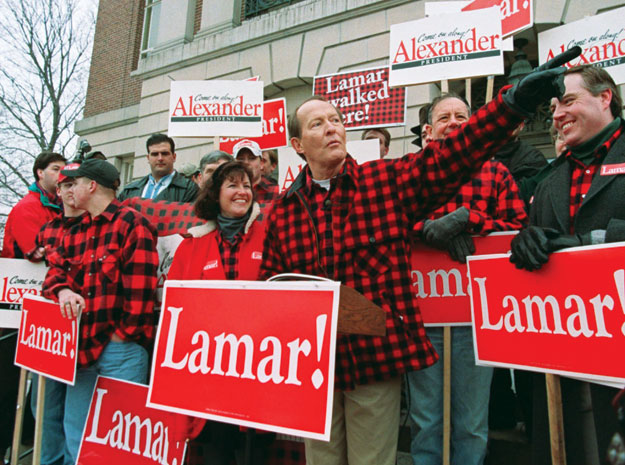So many details will sound terribly familiar. At the heart of the news story is a powerful religious patriarch, surrounded by disciples who view him with a reverence that helps support an iron-clad climate of silence and secrecy.
In this case, however, the leader is Joshu Sasaki Roshi, one of the most famous Zen Buddhist monks in the world and a teacher who has had a tremendous impact in American elite culture. Now, it is being alleged (and in some cases confirmed) that since the 1960s he has sexually abused many, perhaps 100s, of his followers in Southern California and elsewhere.
Here is a key passage from a report in The Los Angeles Times:
A recent investigation by an independent council of Buddhist leaders has suggested that Roshi, a leading figure in Zen Buddhism in the United States, may have abused hundreds of others for decades. According to the group’s report, that abuse included allegations of molestation and rape, and some of the incidents had been reported to the Rinzai-ji board, which had taken no effective action.
“We see how, knowingly and unknowingly, the community was drawn into an open secret,” the council wrote, adding: “We have reports that those who chose to speak out were silenced, exiled, ridiculed or otherwise punished.” …
The council of Rinzai-ji oshos — senior Zen teachers ordained under Roshi — however, responded with a public statement: “Our hearts were not firm enough, our minds were not clear enough, and our practices were not strong enough so that we might persist until the problem was resolved. We fully acknowledge now, without any reservation, and with the heaviest of hearts, that because of our failure to address our teacher’s sexual misconduct, women and also men have been hurt.”
The allegations had lingered, literally, for decades and were allowed to become, in the words of one figure in the scandal “a tribal secret for 50 years.”
In this story, the details of the alleged abuse are described with hints, but that’s about it. Where this Los Angeles Times piece — for me — fell short was in its lack of crucial background material capturing the impact this man had on culture in Hollywood and among other cultural elites. This paragraph in particular intrigued me (in part because of what one Buddhist leader told me about a decade ago, that the whole New Age phenomenon in American culture was essentially Buddhism stripped of ethics and moral content):
Roshi arrived in Los Angeles 50 years ago and was among a wave of Japanese teachers to tailor Zen Buddhism to Westerners. He quickly became an exalted figure and opened about 30 centers, including one on Mt. Baldy that is known for its rigorous training regimen. It was commonly thought, Martin and other critics said, that if women left Mt. Baldy it was because they weren’t tough enough to handle the demanding conditions.
What, precisely, is meant by the statement that he was willing to “tailor Zen Buddhism to Westerners”? This would seem to be a crucial area to explore, in light of the ways his abuse was woven into his teachings. This piece is all but silent on this point.
However, a far superior New York Times piece has some fascinating material on what, precisely, Roshi was teaching and doing.
The key question: Was the abuse, in some way, justified as part of a spiritual discipline, a way of helping women learn to escape the shackles of pride? It’s crucial that probing questions of this kind have been asked in The New York Times, since this newspaper’s coverage of his career did much to spread his influence in elite American culture. (Note that in it’s coverage, the teacher is referred to as Sasaki.)
Some former students are now speaking out, including seven interviewed for this article, and their stories provide insight into the culture of Rinzai-ji and the other places where Mr. Sasaki taught. Women say they were encouraged to believe that being touched by Mr. Sasaki was part of their Zen training.
The Zen group, or sangha, can become one’s close family, and that aspect of Zen may account for why women and men have been reluctant to speak out for so long. Many women whom Mr. Sasaki touched were resident monks at his centers. One woman who confronted Mr. Sasaki in the 1980s found herself an outcast afterward. The woman, who asked that her name not be used to protect her privacy, said that afterward “hardly anyone in the sangha, whom I had grown up with for 20 years, would have anything to do with us.”
In the council’s report on Jan. 11, the three members wrote of “Sasaki asking women to show him their breasts, as part of ‘answering’ a koan” — a Zen riddle — “or to demonstrate ‘non-attachment.’”
There is more on the alleged doctrinal content of the abuse:
Among those who spoke to the council and for this article was Nikki Stubbs, who now lives in Vancouver, and who studied and worked at Mount Baldy, Mr. Sasaki’s Zen center 50 miles east of Los Angeles, from 2003 to 2006. During that time, she said, Mr. Sasaki would fondle her breasts during sanzen, or private meeting; he also asked her to massage his penis. She would wonder, she said, “Was this teaching?”
One monk, whom Ms. Stubbs said she told about the touching, was unsympathetic. “He believed in Roshi’s style, that sexualizing was teaching for particular women,” Ms. Stubbs said. The monk’s theory, common in Mr. Sasaki’s circle, was that such physicality could check a woman’s overly strong ego.
The article discusses the teacher’s positive impact on lives, as well as the negative. It is also clear that other Buddhists rejected these aspects of his teachings, even as his fame grew and grew.
There are so many parallels to the abuse linked to other major religious leaders, in other traditions. It is easy to twist doctrines when the one doing the twisting is, in fact, a person charged with teaching and interpreting the tradition.
The Los Angeles Times piece is all but silent on such matters.
The New York Times piece is much better, because it raises questions about ways in which the abuse grew out of this man’s approach to faith. But here is the big question that kept bothering me: To what degree is this scandal rooted in this teacher’s attempts to — remember this phrase — “tailor Zen Buddhism to Westerners”?











